Finding mold in your home can be a nightmare, and if left untreated, it can cause serious health problems and damage to your property. When looking for ways to get rid of mold, many homeowners wonder: can you kill mold with a steam cleaner? Steam cleaning is a popular method for cleaning and disinfecting various surfaces, but is it effective for mold removal? In this article, we’ll explore whether steam cleaning is a safe and effective way to eliminate mold and how to use it correctly.
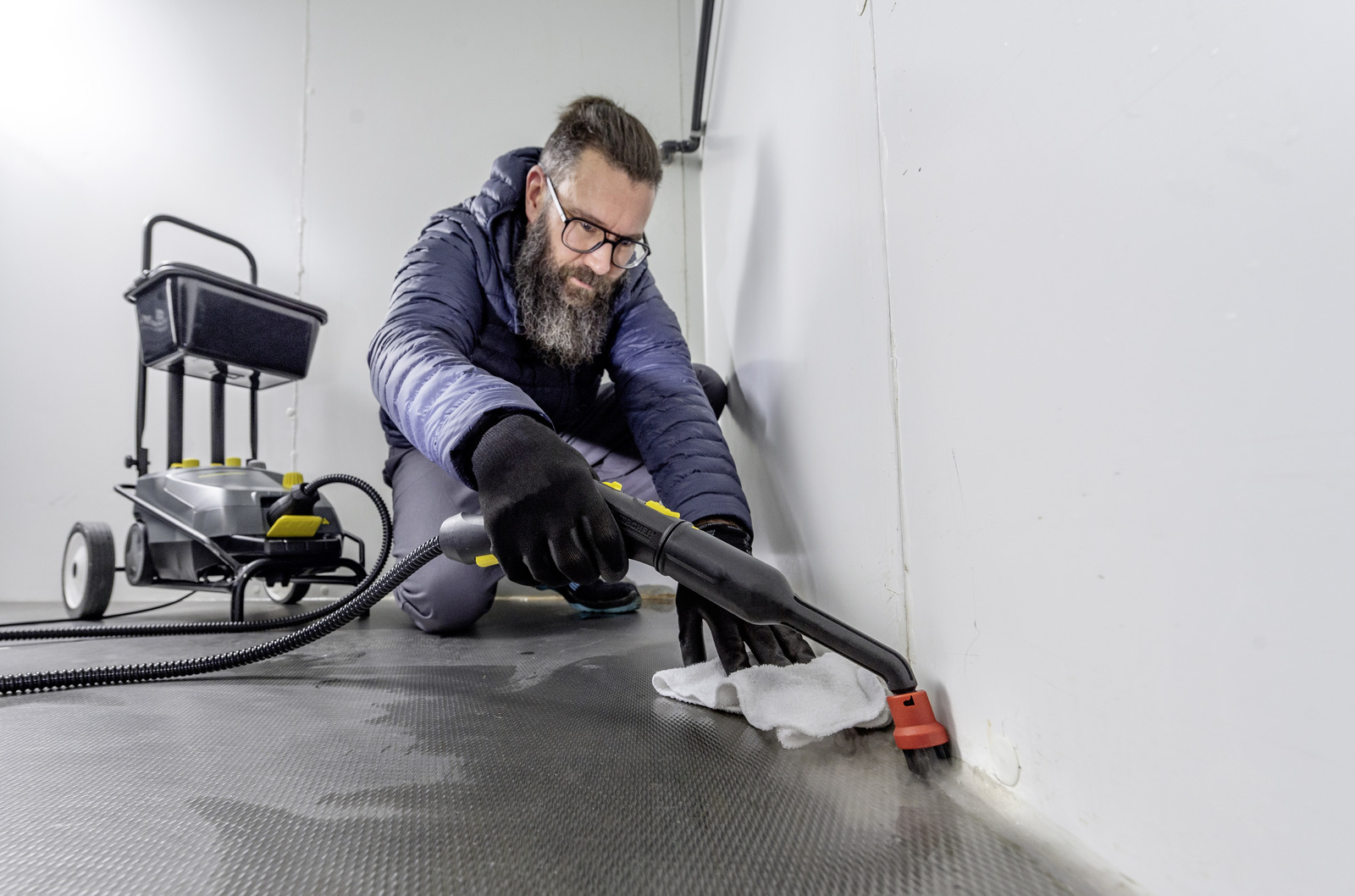
Understanding Mold and Its Dangers
Mold is a type of fungus that grows in damp, dark environments. It thrives on moisture and organic materials like wood, drywall, and carpets. Not only is mold unsightly, but it also poses serious health risks. Prolonged exposure to mold can cause respiratory issues, allergic reactions, and exacerbate conditions like asthma.
According to the Environmental Protection Agency (EPA), mold can grow indoors within 24-48 hours of water exposure, especially in areas with poor ventilation or high humidity. Therefore, mold must be addressed immediately to avoid structural damage and health concerns.
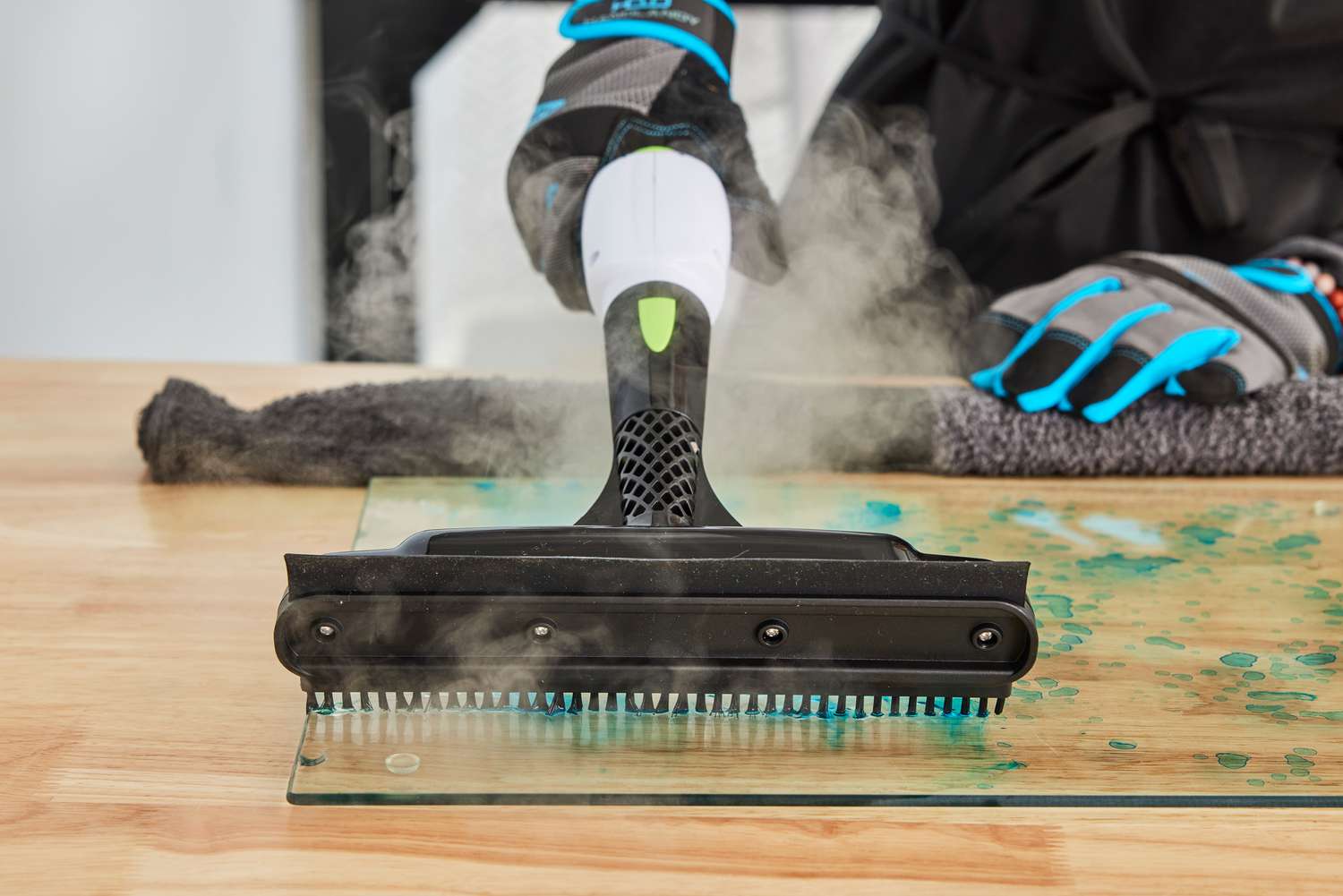
Can a Steam Cleaner Kill Mold?
Yes, a steam cleaner can kill mold—but there are important limitations and considerations. Steam cleaning uses high temperatures (typically above 200°F) to kill bacteria, germs, and fungi, including mold. The intense heat can penetrate porous surfaces and kill mold at its roots, preventing it from growing back.
However, steam cleaning is not always a complete solution. While it can effectively kill mold on non-porous surfaces like tile, glass, and metal, it may not be enough for porous materials like drywall, carpets, or wood, where mold tends to embed deeply. In these cases, professional mold remediation may be necessary.
How Does Steam Cleaning Kill Mold?
Steam cleaners work by emitting hot steam that loosens and kills mold spores. The heat disrupts the mold’s cell structure, killing it on contact. Here’s why steam cleaning can be effective:
High Temperature is Key
For steam cleaning to be effective in killing mold, the water vapor produced must reach temperatures of at least 158°F (70°C), which is the temperature required to kill most mold spores. The hotter the steam, the more effective it will be at eliminating the mold.
Penetration into Crevices
Steam can penetrate small cracks and crevices that are hard to reach with traditional cleaning methods. This makes it ideal for mold growing in grout lines, around sinks, or on hard-to-reach surfaces. For best results, the steam should be applied directly to the affected areas for at least a few seconds to kill the mold thoroughly.
When Should You Use a Steam Cleaner to Kill Mold?
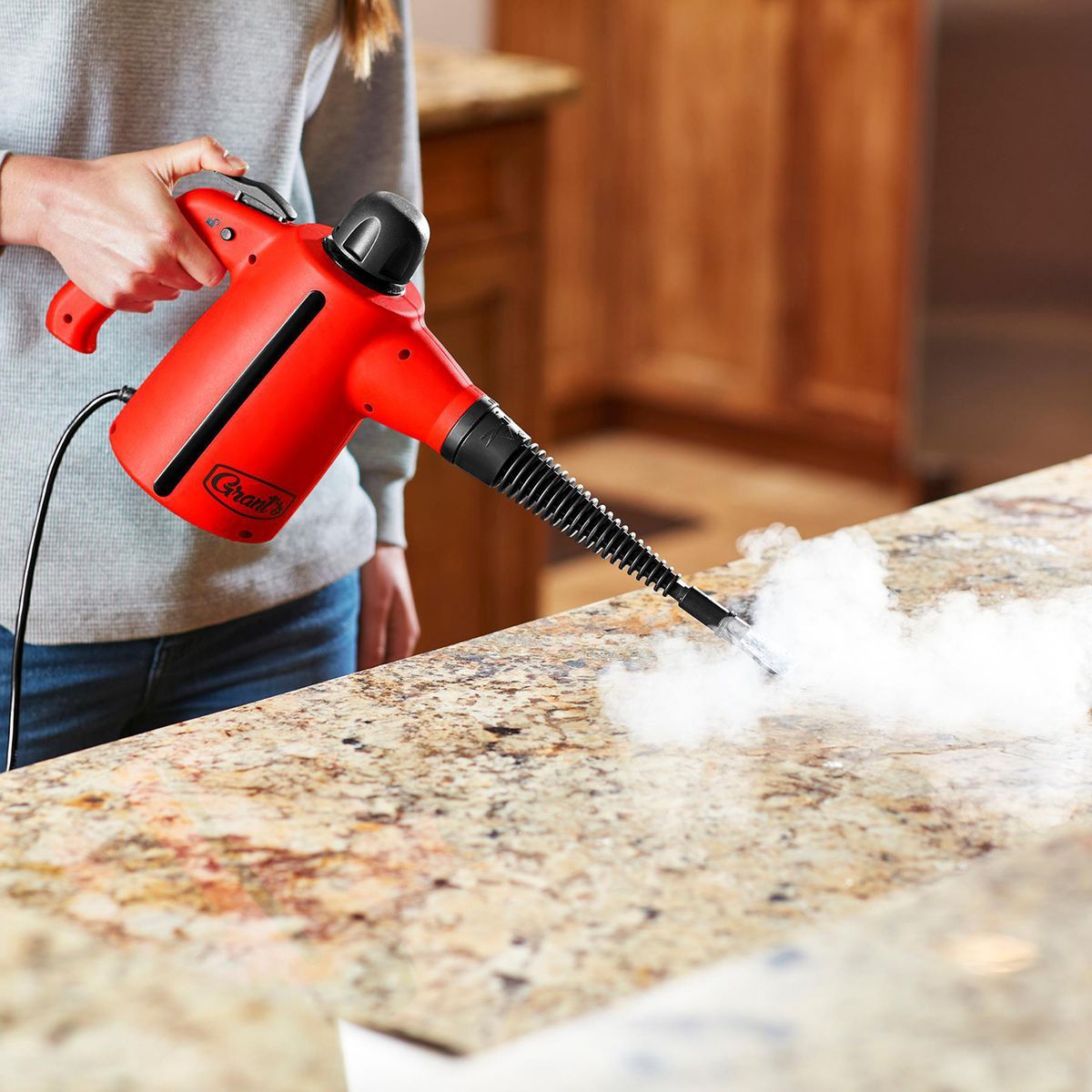
Steam cleaning is best used for killing mold on non-porous surfaces and in situations where the mold is confined to a small area. Here are a few common areas where steam cleaning can be effective:
1. Bathroom Tile and Grout
Mold often grows in bathrooms due to the high humidity and moisture. Steam cleaning can be used to kill mold in grout lines, on tiles, and around the edges of sinks or showers. Make sure to target areas where moisture builds up, such as corners or joints.
2. Sealed Floors
If you have mold on sealed surfaces like vinyl, laminate, or ceramic tile floors, a steam cleaner can help kill the mold without the use of harsh chemicals. Be cautious about using steam on wood or unsealed floors, as the moisture from the steam could damage the material.
3. Windowsills and Doors
Condensation on windows and doors can create the perfect environment for mold to grow. Steam cleaning can effectively kill mold on non-porous surfaces like glass and metal windowsills, but remember to dry the area thoroughly after cleaning to prevent future mold growth.
What Steam Cleaning Can’t Do: Limitations of Steam Cleaning for Mold Removal
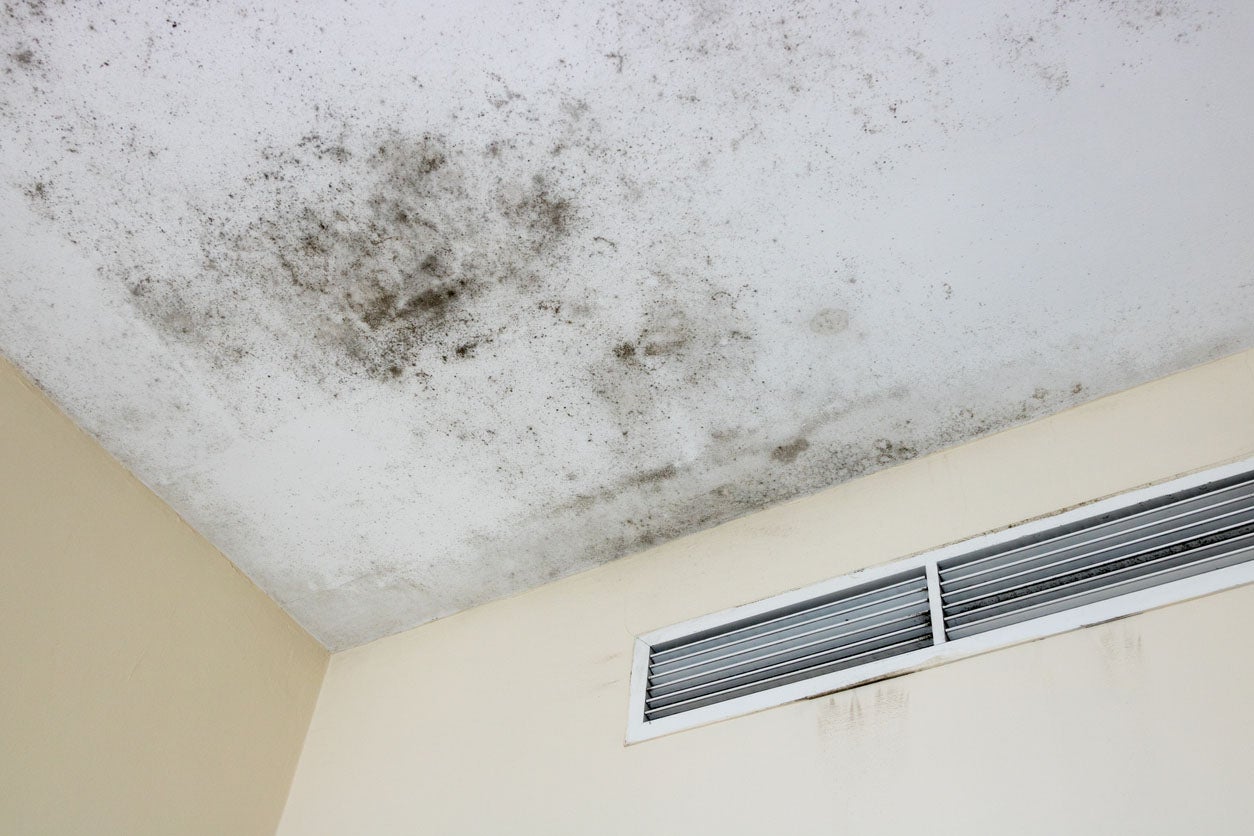
While steam cleaning can kill mold, it’s important to understand its limitations. Steam cleaning is not a substitute for professional mold remediation in more severe cases. Here’s what you need to know about its limitations:
1. Steam Won’t Remove Mold Stains
Steam cleaning kills mold, but it won’t remove the stains that mold leaves behind. After steam cleaning, you may still need to scrub the surface or use specialized cleaners to remove discoloration and staining caused by mold.
2. Ineffective on Deeply Embedded Mold
While steam can penetrate small crevices, it may not be enough to kill mold that has deeply embedded itself into porous surfaces like drywall, wood, or carpet. In these cases, professional remediation is recommended, as it’s crucial to remove the entire mold colony.
3. Risk of Spreading Mold Spores
If not used carefully, steam cleaning can disturb mold colonies and release spores into the air, potentially spreading mold to other areas of your home. To avoid this, ensure the area is properly ventilated and consider using an air purifier to capture airborne spores.
How to Safely Use a Steam Cleaner to Kill Mold
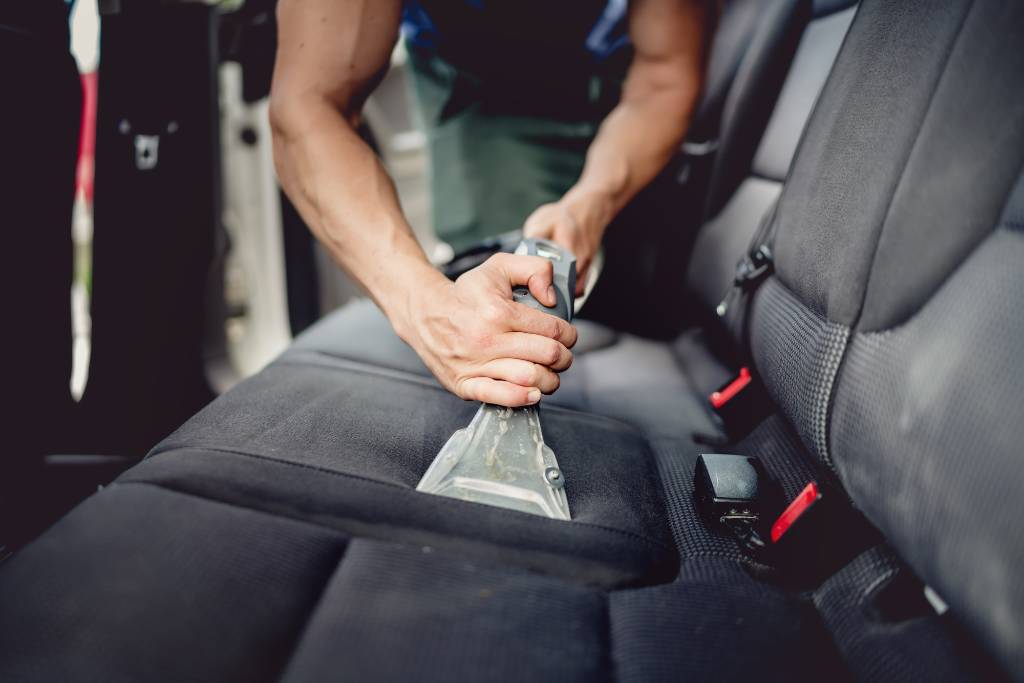
If you decide to use a steam cleaner to kill mold, follow these steps to ensure it’s done safely and effectively:
Step 1: Wear Protective Gear
Before starting, wear protective gear such as gloves, a mask, and goggles to prevent exposure to mold spores. Mold can cause allergic reactions, and direct exposure should be avoided.
Step 2: Clean the Area First
Before using steam, clean the surface of any visible mold using a damp cloth and a mild detergent. This will remove the bulk of the mold and make steam cleaning more effective.
Step 3: Use High-Temperature Steam
Set your steam cleaner to its highest temperature setting. Move the steam cleaner slowly over the affected area, keeping the nozzle close to the surface to ensure the heat kills the mold.
Step 4: Dry the Area Thoroughly
After steam cleaning, dry the area completely to prevent moisture buildup, which can encourage mold regrowth. Use fans or a dehumidifier to ensure the area is fully dry.
When to Call a Professional Mold Remediation Service
Steam cleaning can be effective for small, surface-level mold infestations, but if mold is widespread or embedded in porous materials, it’s best to call a professional mold remediation service. Mold that isn’t properly removed can return and cause further damage to your home and health.
If you suspect a larger mold problem in your home, contact Citywide Mold Mitigation at 844-552-0467 for expert mold inspection and removal services. Our team of professionals can ensure your home is mold-free and safe for your family.
Conclusion: Is Steam Cleaning a Good Option for Killing Mold?
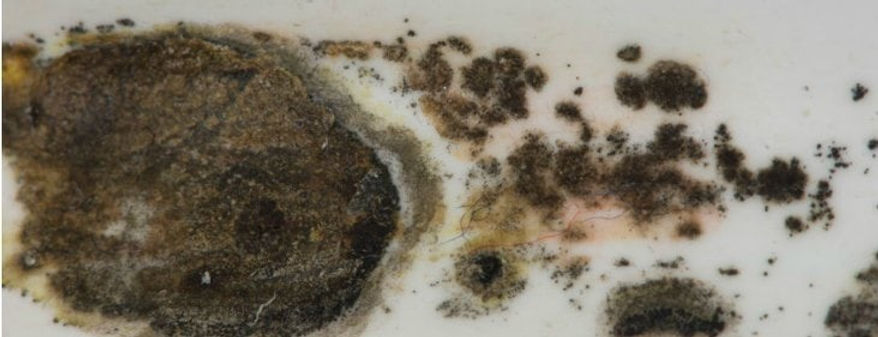
Yes, steam cleaning can kill mold, but it’s most effective for small, surface-level infestations on non-porous surfaces like tile, glass, and metal. While steam cleaning can help eliminate mold in areas like bathrooms and windows, it may not be sufficient for deeply embedded mold or large infestations. In those cases, professional mold remediation is the best option to fully remove mold and prevent it from coming back.
If you’re dealing with a mold problem and aren’t sure whether steam cleaning is enough, contact Citywide Mold Mitigation at 844-552-0467 for a professional consultation. We’re here to help keep your home safe and mold-free.
FAQ
| Question | Answer |
|---|---|
| Can steam cleaners kill mold on fabric? | Steam cleaners can kill mold on fabrics, but it’s important to test a small area first, as the heat may damage delicate fabrics. For deeply embedded mold, professional cleaning is recommended. |
| Is steam cleaning enough to prevent mold from coming back? | Steam cleaning can kill mold on the surface, but if the root cause of the moisture isn’t addressed, mold may return. Ensure you fix any leaks, improve ventilation, and control humidity to prevent mold regrowth. |
| What temperature kills mold spores? | Mold spores are killed at temperatures of at least 158°F (70°C). Steam cleaners typically operate at much higher temperatures, making them effective for killing surface-level mold. |
| Can I steam clean carpets to remove mold? | While steam cleaning can kill surface mold on carpets, it may not be enough for deep mold growth within the fibers. For serious mold infestations in carpets, professional cleaning or replacement may be necessary. |
| What is the best way to remove mold from porous surfaces like drywall? | Steam cleaning is not effective for porous surfaces like drywall. The best approach is to remove the affected area, fix the moisture problem, and replace the material if necessary. Professional mold remediation is recommended for mold embedded in walls or flooring. |
If you’re unsure whether steam cleaning is right for your mold issue, or if you need help with a serious mold infestation, contact Citywide Mold Mitigation at 844-552-0467 for expert advice and mold remediation services.

